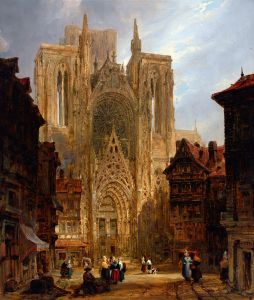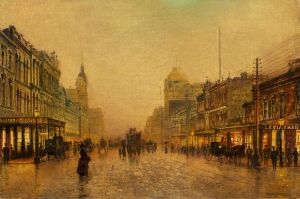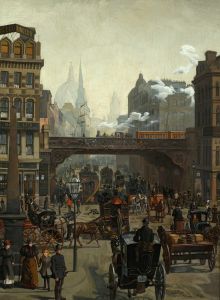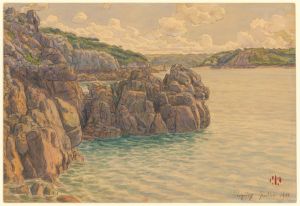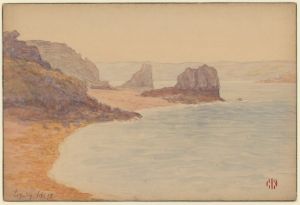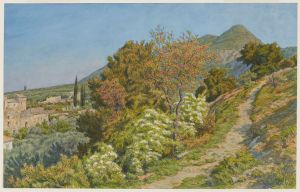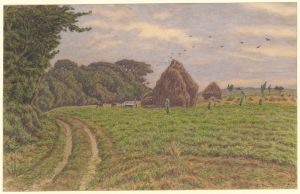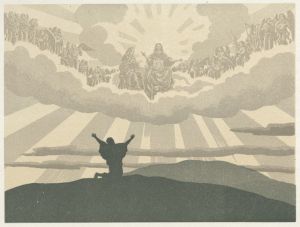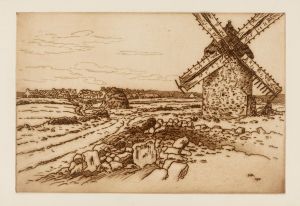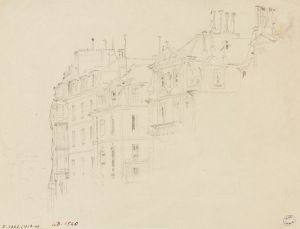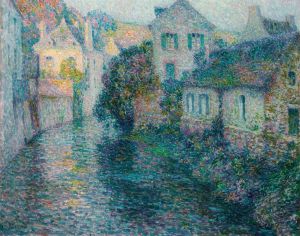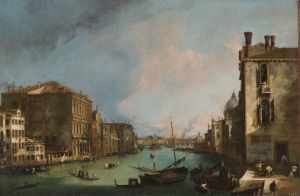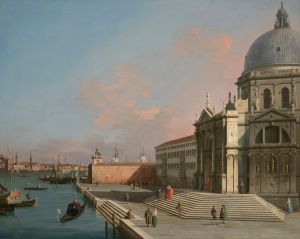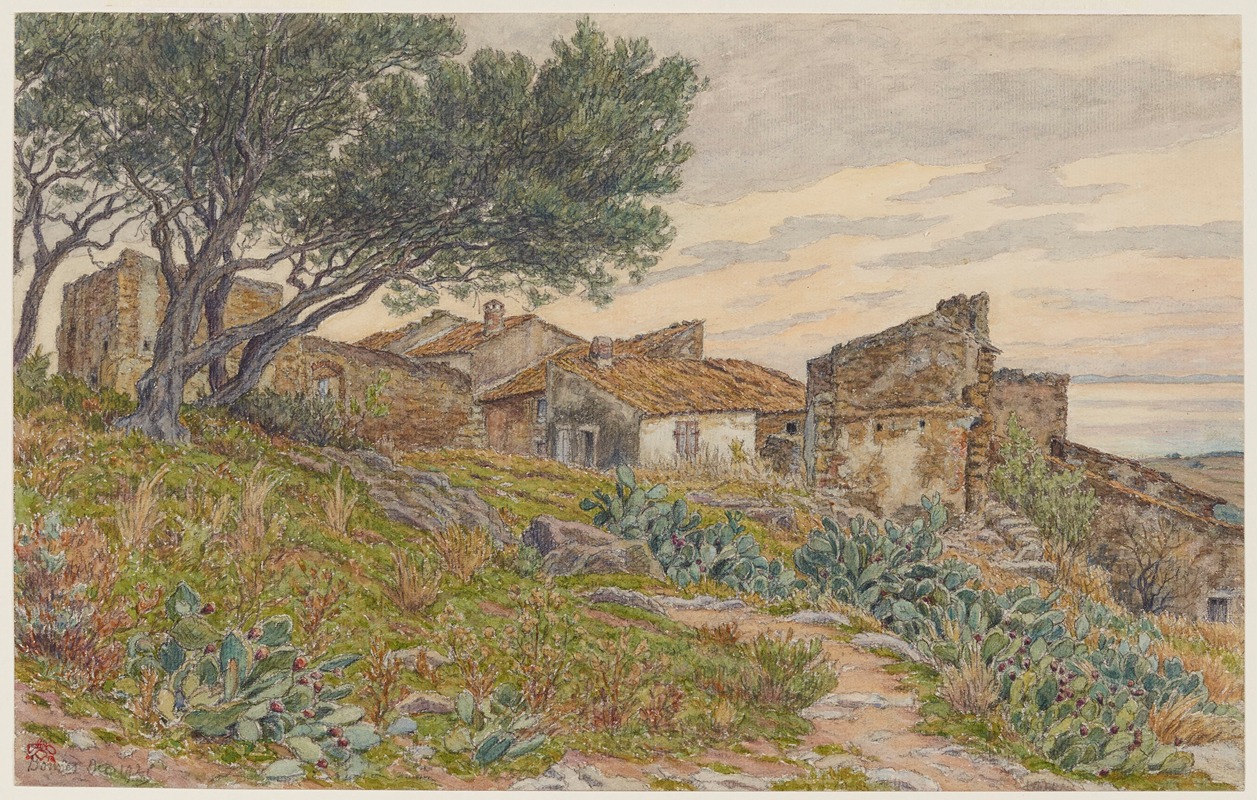
Vieilles maisons à Bormes
A hand-painted replica of Henri Rivière’s masterpiece Vieilles maisons à Bormes, meticulously crafted by professional artists to capture the true essence of the original. Each piece is created with museum-quality canvas and rare mineral pigments, carefully painted by experienced artists with delicate brushstrokes and rich, layered colors to perfectly recreate the texture of the original artwork. Unlike machine-printed reproductions, this hand-painted version brings the painting to life, infused with the artist’s emotions and skill in every stroke. Whether for personal collection or home decoration, it instantly elevates the artistic atmosphere of any space.
Henri Rivière (1864–1951) was a French artist known for his contributions to printmaking and his innovative use of color and composition, often inspired by Japanese ukiyo-e prints. Among his notable works is "Vieilles maisons à Bormes" ("Old Houses in Bormes"), a piece that reflects his characteristic style of capturing the charm of rural and architectural landscapes in France.
"Vieilles maisons à Bormes" depicts a scene from Bormes-les-Mimosas, a picturesque village in the Provence-Alpes-Côte d'Azur region of southeastern France. The artwork showcases the old houses of the village, characterized by their rustic charm, terracotta roofs, and the interplay of light and shadow that is typical of the Mediterranean setting. Rivière's attention to detail and his ability to convey the atmosphere of the location are evident in this piece.
Henri Rivière was deeply influenced by Japanese art, particularly the woodblock prints of Hokusai and Hiroshige, which is reflected in his use of flattened perspectives, bold outlines, and harmonious color palettes. These elements are present in "Vieilles maisons à Bormes," where the composition emphasizes the architectural forms and the natural surroundings in a balanced and aesthetically pleasing manner.
Rivière is best known for his series of lithographs and prints, including "Les Trente-six Vues de la Tour Eiffel" ("The Thirty-Six Views of the Eiffel Tower"), which drew direct inspiration from Hokusai's "Thirty-Six Views of Mount Fuji." While "Vieilles maisons à Bormes" is not part of a specific series, it aligns with Rivière's broader body of work that celebrates the beauty of French landscapes and rural life.
The exact date of creation for "Vieilles maisons à Bormes" is not widely documented, but it is consistent with Rivière's artistic focus during the late 19th and early 20th centuries. During this period, he transitioned from theater set design to printmaking and watercolor, dedicating himself to capturing the essence of French regional landscapes.
Today, Henri Rivière's works are appreciated for their unique blend of Western and Eastern artistic traditions, as well as their ability to evoke a sense of place and time. "Vieilles maisons à Bormes" is a testament to his skill in portraying the timeless beauty of rural France, and it remains an example of his contribution to the art of printmaking and landscape depiction.





